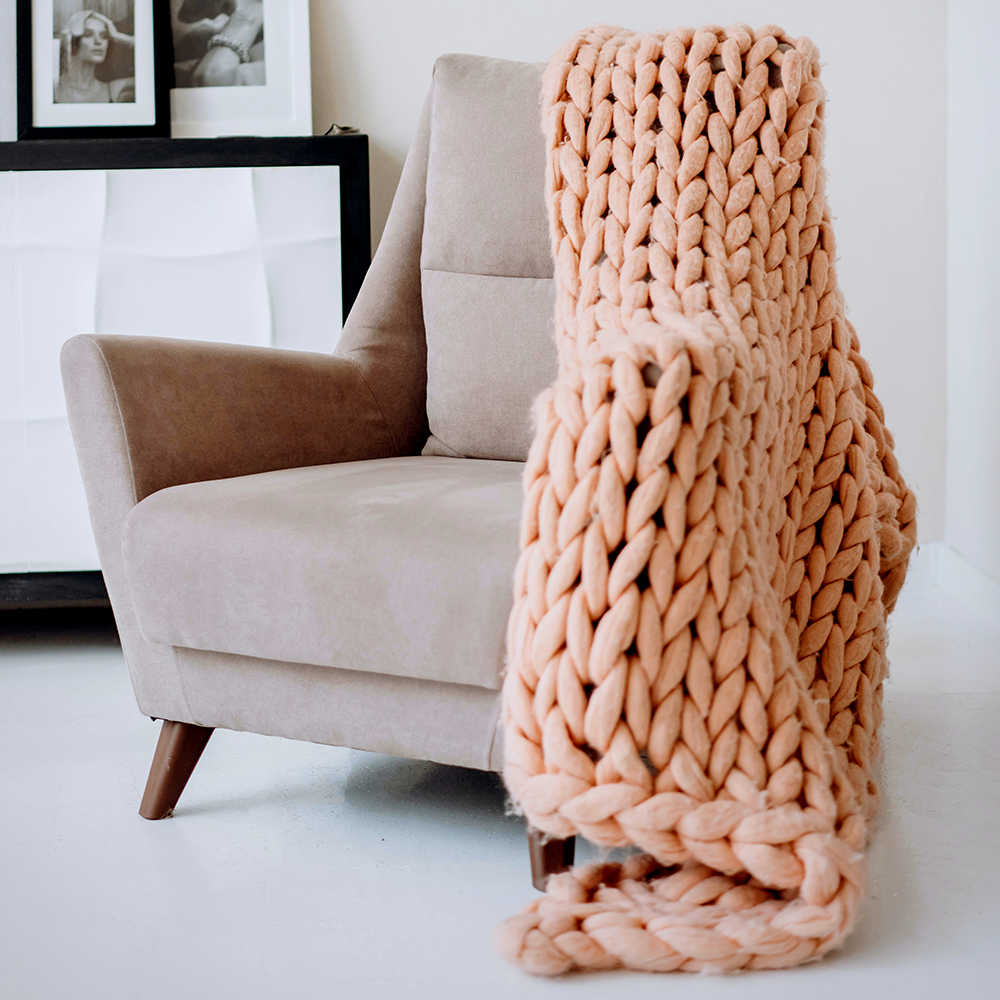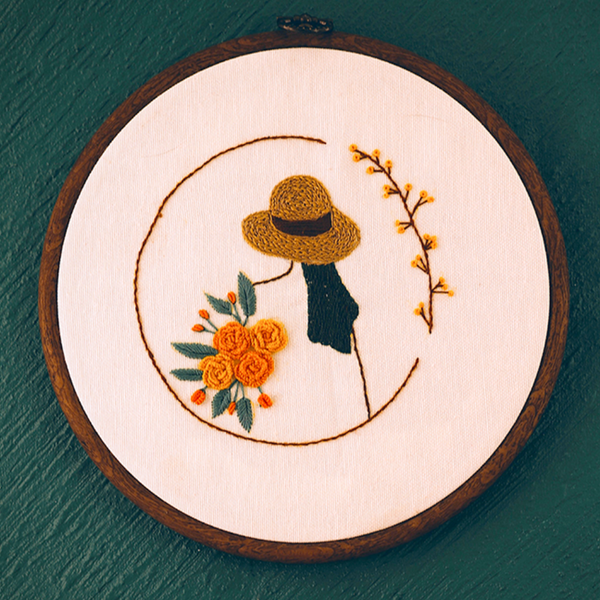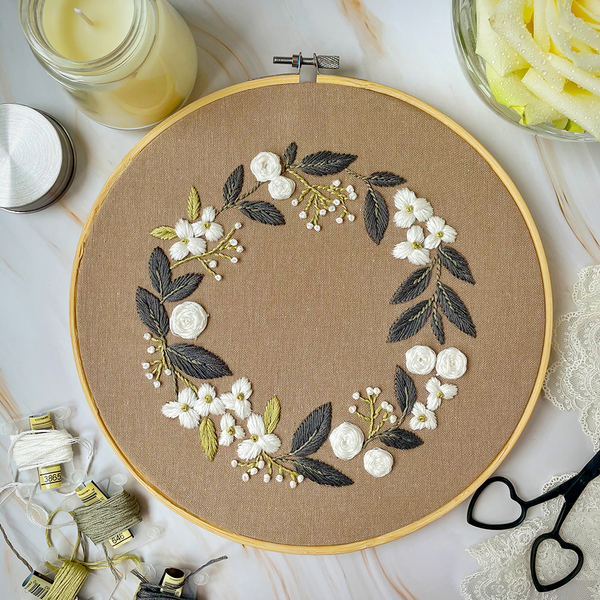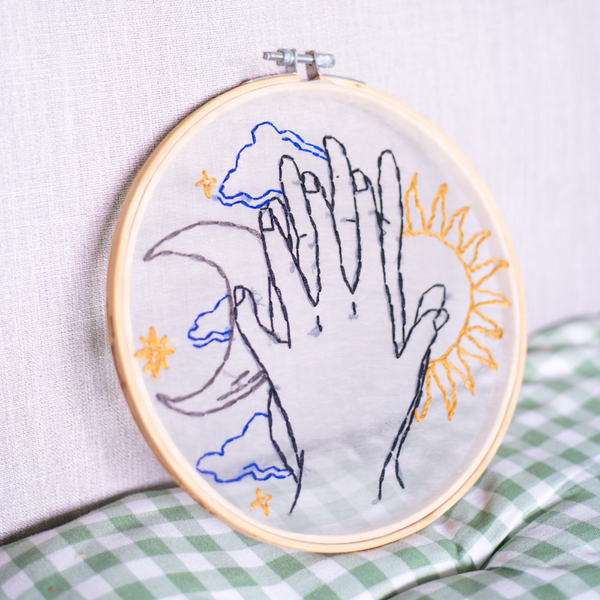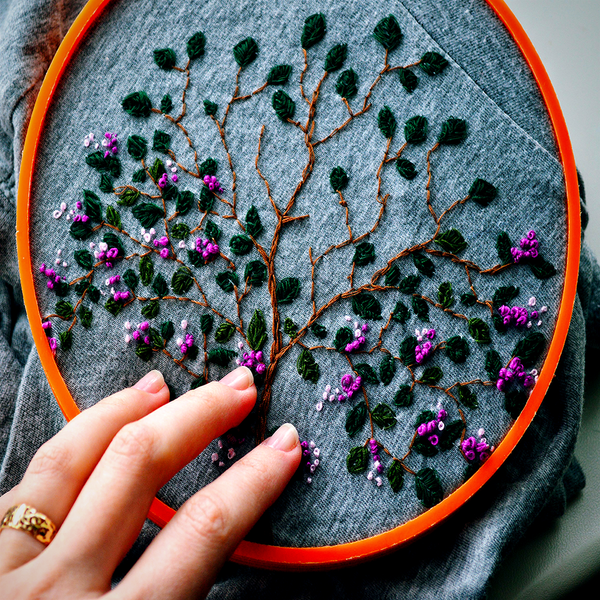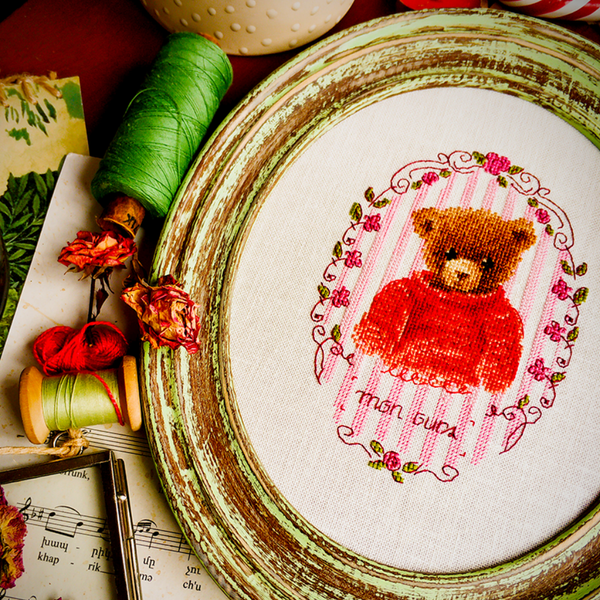Do you find yourself dreaming of what might be possible with wool?
Have you ever wondered If you could use any type of wool yarn on a knitting machine?
Well, the answer is yes and no.
Knitting machines promise to make projects easier and quicker than ever before, and it’s true that most machines can handle many kinds of yarn.
However, the compatibility depends on how often each kind is used and if it meets their specific requirements for weight, fiber content and number of plies.
Machine knitting is a complex process with many intricacies, and the wool you choose can make or break your project.
This blog post will help explain everything you need to know about yarn compatibility so you can make sure your machine is working its best and that the end product looks just as good as it would with traditional knitters' tools.
Whether or not you're an experienced knitter—or even know what "yarn compatibility" means - read further as we go into detail about how different fibers can influence your project's success!
So, if you’re interested in finding out more about the types of wools that could make this journey easier, read on to learn all about how yarn compatibility affects successful output from your knitting machine.
Let's dive in!
Key Takeaways:
- Not all wools are suitable for every knitting machine; compatibility depends on the machine's gauge and the yarn's weight.
- Understanding the characteristics of different yarns can help prevent issues such as dropped stitches and tension problems.
- Experimentation with various yarns can expand the possibilities of machine knitting, but it's essential to adjust settings and techniques accordingly.
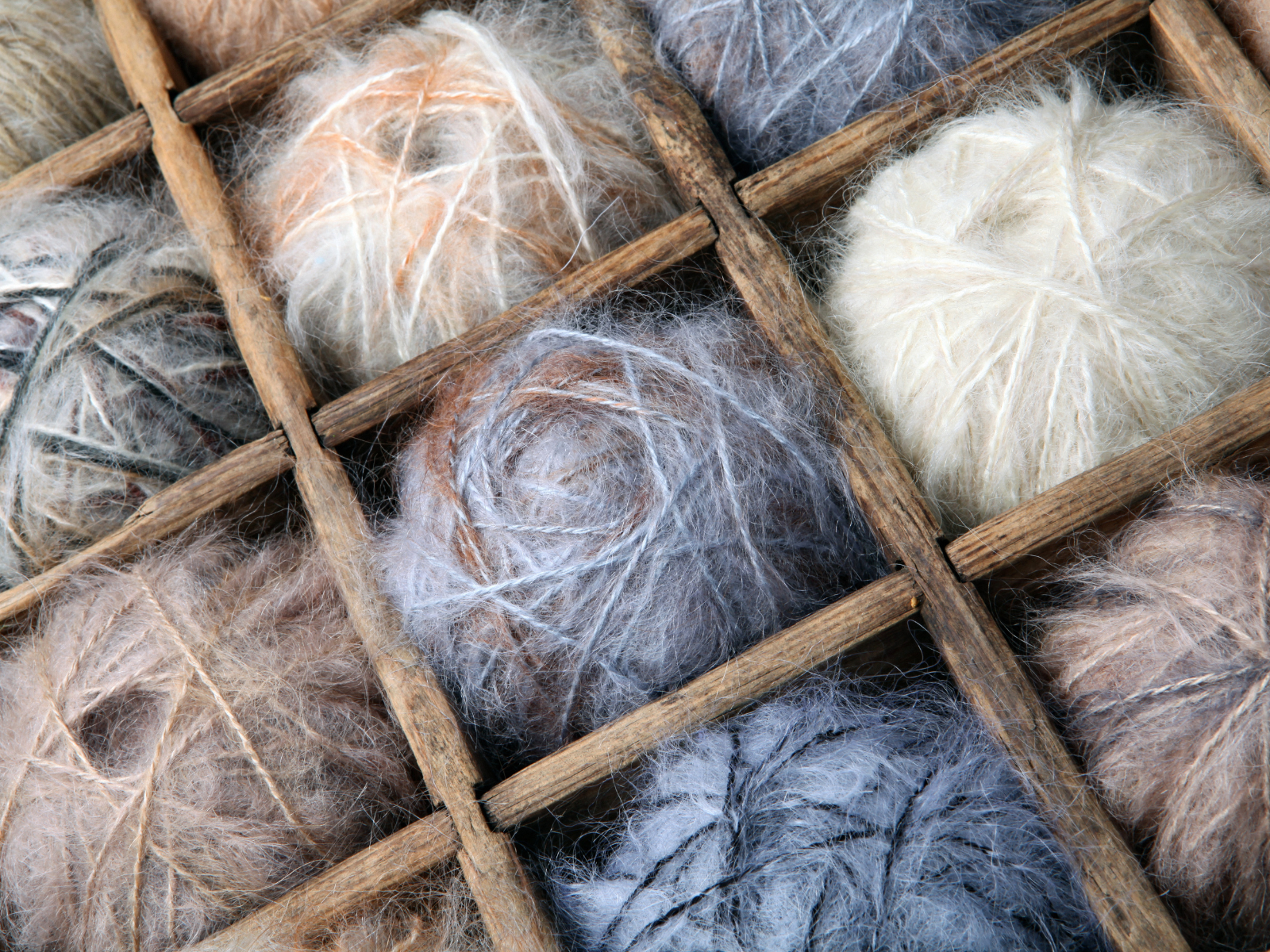

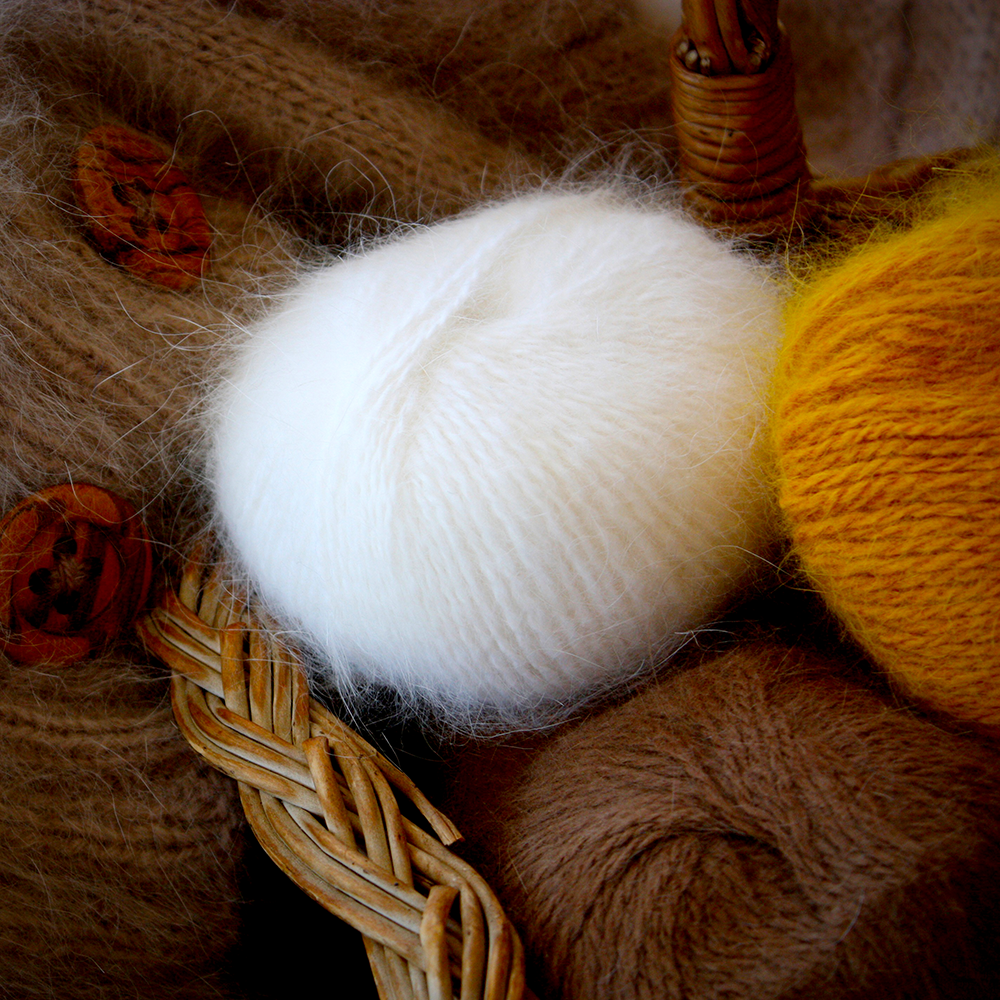
Understanding Machine Knitting and Yarn Types
Machine knitting is a craft that uses a device known as a knitting machine to produce knitted fabrics more quickly than traditional hand knitting.
Knitting machines have revolutionized the way we create knitted garments, offering speed and precision that hand knitting can't match.
Machine knitting involves using a machine to create stitches, whereas hand-knitting is done manually using knitting needles.
Knitting machines come in various types, including the standard gauge machine, the Sentro knitting machine, and bulky or chunky machines.
Each type of machine is designed to work with specific yarn weights, from thin yarn to bulky yarn.
Therefore, understanding yarn types and their compatibility with different knitting machines is crucial.
When selecting wool or yarn for machine knitting, it's crucial to consider the gauge of the machine.
A standard gauge machine typically works best with finer yarns, while a bulky machine can handle heavier yarns like Lion Brand Pound or Big Twist.
The key is to match the yarn's thickness to the machine's specifications to ensure smooth knitting and avoid issues like dropped stitches.
The Role of Yarn Weight in Machine Knitting
Yarn weight plays a significant role in determining whether a particular wool can be used on a knitting machine.
Yarns are categorized by weight, ranging from lace and super fine to super bulky.
Each knitting machine has a recommended range of yarn weights it can handle effectively.
The standard measurement for yarn weight is by wraps per inch (WPI), which determines how many plies the yarn has.
If you're using a single-ply or two-ply yarn, it's essential to check with your machine's manufacturer if it can handle these types of yarn.
Single-ply or two-ply yarns tend to be more delicate and can break easily when used on a knitting machine with high tension settings.
Types of Yarn:
- Worsted yarn: This type of wool is made from long-staple fibers, making it durable, smooth, and easy to work with. It's a great choice for standard gauge machines.
- Chunky yarn: As the name suggests, chunky yarn is thicker and heavier than worsted yarn, making it a suitable choice for bulky knitting machines.
- Fine or lace yarn: These are delicate, lightweight yarns that work best with fine gauge knitting machines. They're ideal for creating intricate patterns and designs.
- Bulky or super bulky yarn: These types of yarn are thick and heavy, perfect for chunky or bulky knitting machines. They're great for creating warm and cozy winter garments.
For instance, a Sentro knitting machine may work well with medium-weight yarns, but using a bulky yarn could lead to problems.
Conversely, a machine designed for bulky yarns might not provide enough tension for thinner yarns, resulting in loose stitches and an uneven fabric.
It's essential to refer to the manufacturer's guidelines or experiment with different yarns to find the best match for your machine.

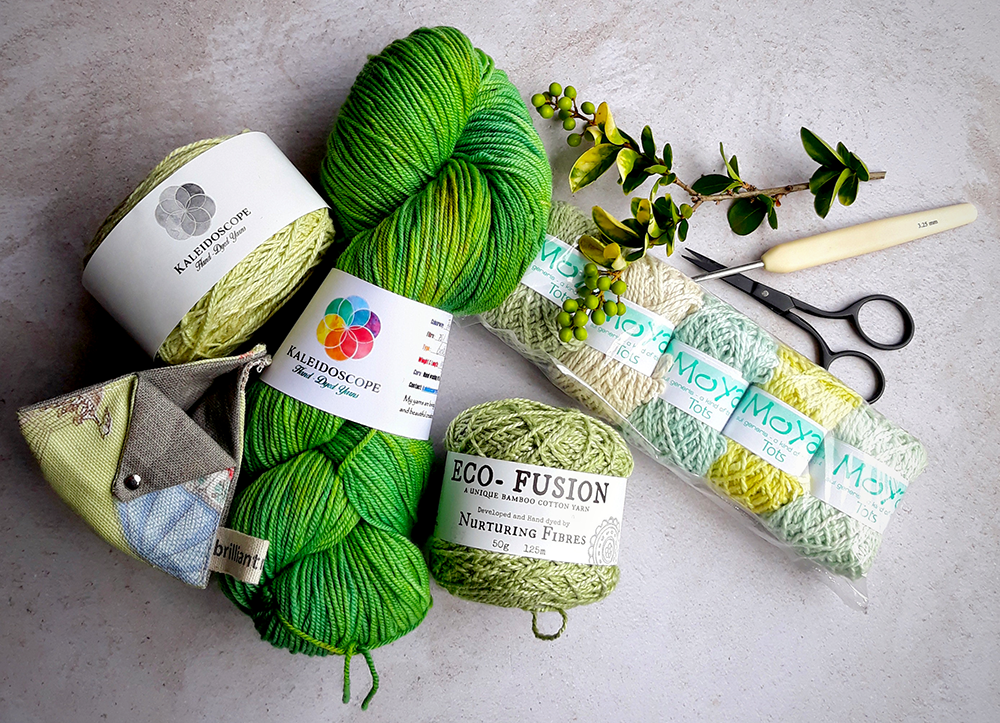
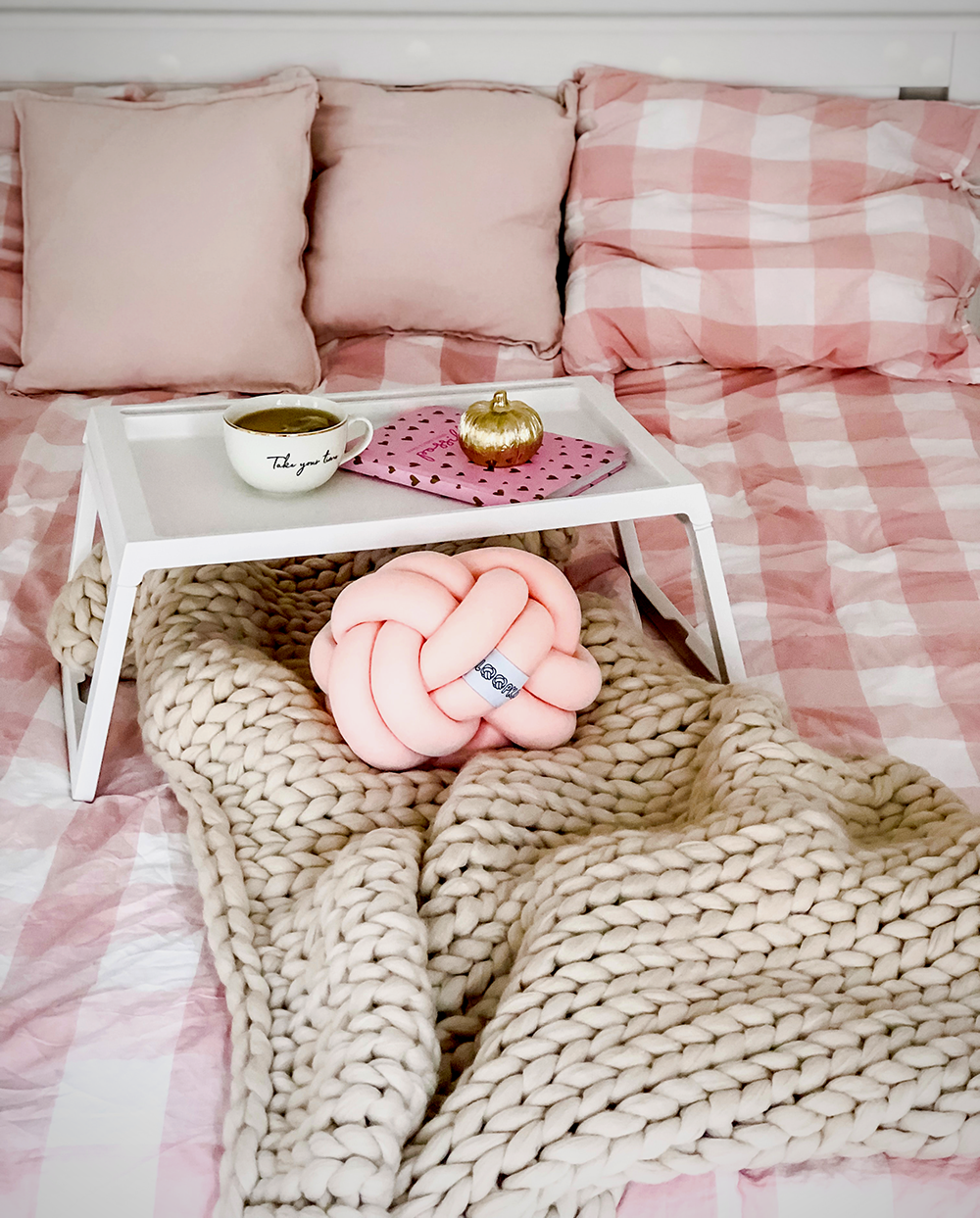
The Impact of Yarn Fiber Content
The fiber content of the yarn also affects its suitability for machine knitting.
Wool, cotton, acrylic, and blends are common choices, each with its own properties.
Wool is elastic and forgiving, making it a popular choice for machine knitters.
Wool yarns also have a "memory," meaning they can retain their shape well after being stretched; wool is also very durable, making it an excellent choice for machine knitting.
Cotton yarns, on the other hand, are less elastic and more prone to shrinking, making them better suited for hand knitting.
Acrylic yarns, like Red Heart Soft, are versatile and can be a good option for machine knitting due to their consistent thickness and stretch.
However, they may not provide the same quality of drape or warmth as natural fibers.
Blends can offer the best of both worlds, combining the strength and elasticity of wool with the softness and color options of acrylic.
It's important to consider the end use of the garment when choosing the fiber content of your yarn.
When selecting your wool yarn, consider is the texture of the wool because some machine knitting machines require a smoother wool, while others can handle more textured options.
The key is to find wool that will not get stuck in the machine or cause it to jam.
As a rule of thumb, it's best to avoid wool with fluff or loose fibers as they can cause problems in the machine.
When it comes to choosing the right wool, the quality also plays a significant role.
Always choose high-quality wool to achieve better results and make your project appear more polished.
While it may be tempting to go for cheap options, they can often cause problems in the machine and lead to a less refined final product.
Always remember to experiment with different types of wool.
While some wool may work well with your machine, it may not be the best option for the project you have in mind.
It's important to test out different types of wool and see what works best for your specific project and machine.
Wool Yarn Lowdown
Wool is a natural, soft and warm fiber that comes from the fleece of sheep or other animals such as alpacas, llamas, goats, and rabbits.
It has been used for thousands of years to make clothing and other textiles due to its various properties, including insulation, elasticity, durability, and resilience.
Wool can also be blended with other fibers for added strength and texture.
Types of Wool Yarn:
- Merino: A popular type of wool known for its softness and versatility, making it suitable for a variety of machine knitting projects.
- Cashmere: Another luxurious option, cashmere is incredibly soft and warm, but may require more care when using on a machine due to its delicate nature.
- Alpaca: Alpaca yarn is known for its warmth and hypoallergenic properties, making it a great choice for winter garments.
- Mohair: This type of wool comes from the Angora goat and is known for its luster and strength. It's often used in combination with other fibers to add texture and interest to projects.
- Lambswool: As the name suggests, this type of wool is from a lamb's first shearing and is soft, fine, and warm. It can be used for a range of projects but may require extra care when using on a knitting machine.
Understanding yarn compatibility is essential for successful machine knitting.
Always consider the weight, fiber content, and number of plies when selecting wool for your knitting project.
Experiment with different types of wool to find the best match for your machine and project, but never compromise on quality.

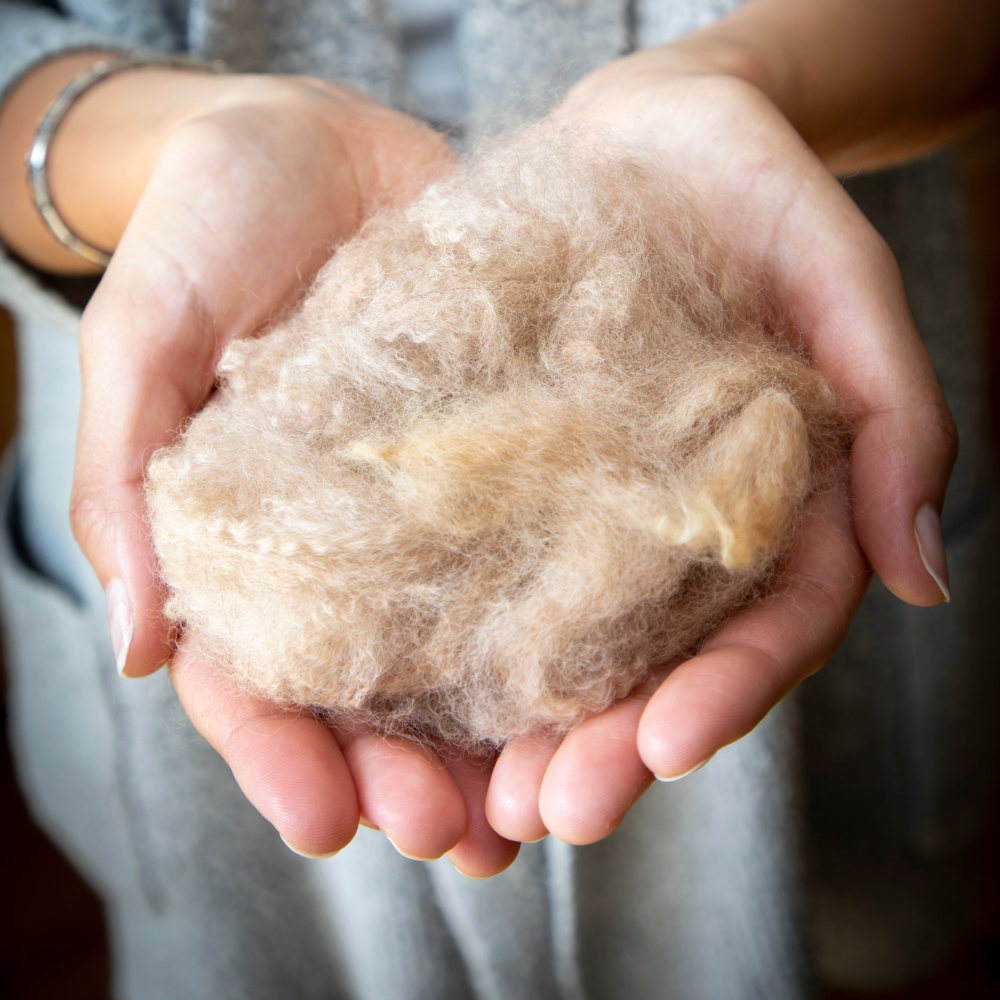
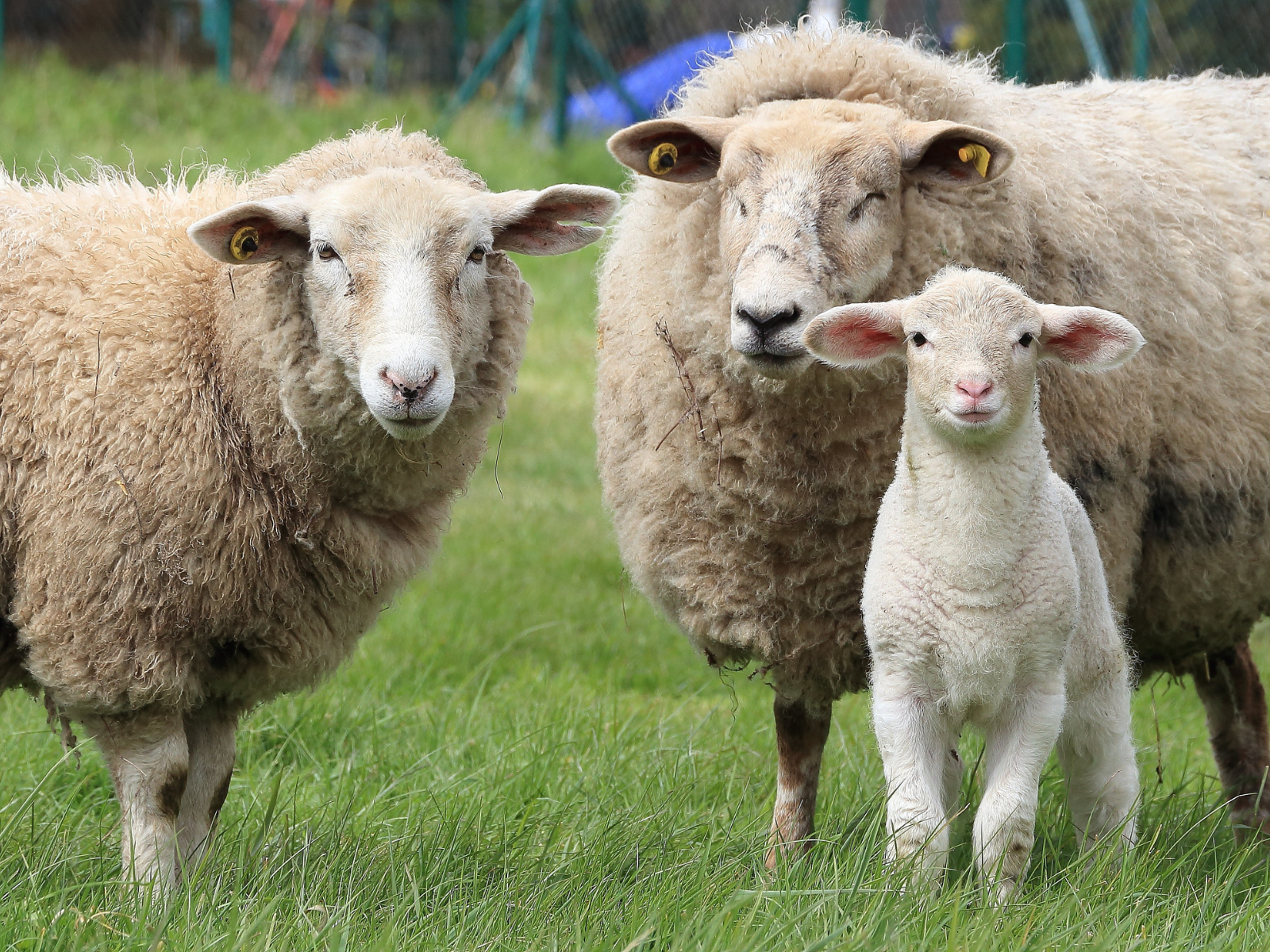
Yarn Preparation: Skeins, Cones, and Winding
Before using yarn on a knitting machine, it's often necessary to prepare it properly.
Yarn that comes in skeins, such as those found at Hobby Lobby, Michaels, or JoAnn, may need to be wound onto cones or into balls to feed smoothly into the machine.
Coned yarn is typically ready to use and can be more convenient for machine knitters.
Winding yarn onto cones or balls can add extra cost and time to your projects, but it ensures that the yarn works well with the machine and reduces the risk of tangling and tension issues.
Some knitters use a yarn winder or invest in pre-wound cones to save time and ensure consistency.
Others enjoy the process of winding yarn by hand, which can also help relax and de-stress.
Ultimately, it's a personal choice, but understanding how different types of yarn are prepared can help you choose the best option for your knitting machine projects.
Adjusting Machine Settings for Different Yarns
Each type of yarn may require adjustments to the knitting machine's settings.
Tension, needle position, and carriage settings all play a role in how the yarn is knitted.
For example, a thinner yarn might need tighter tension to create a firm fabric, while a thicker yarn might require looser tension to prevent strain on the machine and the yarn.
Experimenting with different settings is often necessary when trying out new yarns.
It's advisable to start with a swatch to measure the gauge and adjust the machine accordingly.
This experimentation can lead to discovering new patterns and techniques that work well with different yarns.
It's all part of the fun and creativity of machine knitting!

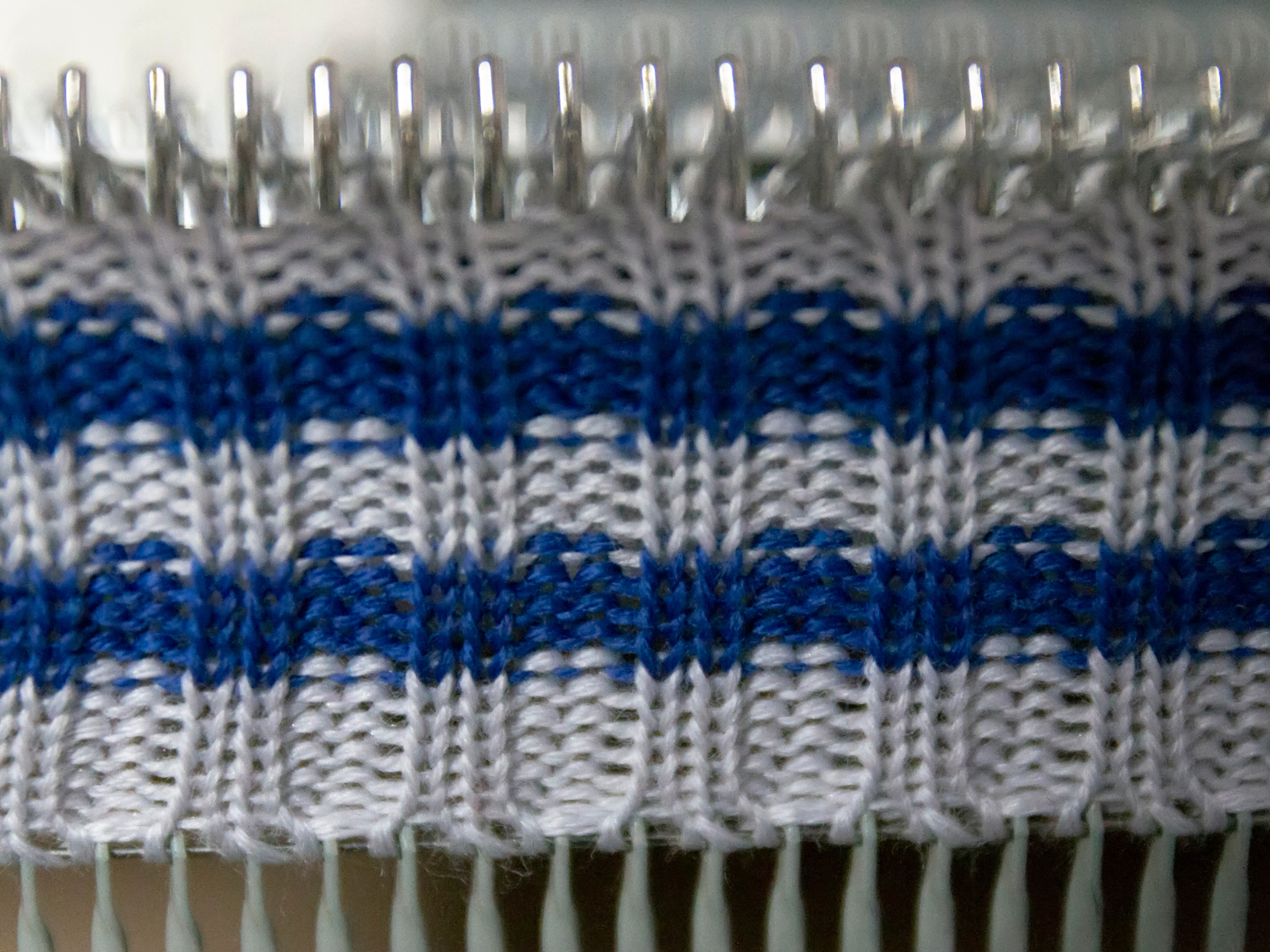

Troubleshooting Common Issues
Even with careful selection and preparation of yarn, issues can arise during machine knitting.
Dropped stitches are a common problem, often caused by incorrect yarn weight or tension settings.
Using waste yarn to start a project can help identify tension issues before knitting the actual garment.
Another issue is the yarn breaking or snagging, which can occur with delicate or splitty yarns.
Ensuring that the machine is clean and the needles are in good condition can help prevent these problems.
Additionally, using yarns specifically designed for machine knitting, such as those with a smooth, tightly spun construction, can reduce the likelihood of such issues.
Machine vs. Hand Knitting Differences
When it comes to the art of knitting, the debate between machine knit and hand knit practices is ongoing.
Machine knitting, often performed with devices like the Sentro machine, is prized for its speed and uniformity.
The mechanical precision allows for consistent stitch sizes, which is particularly beneficial when producing items like sweaters in bulk.
However, machine knitting may not accommodate every weight yarn, especially those that are hand-spun or irregular in thickness, which can be a limitation for those looking to use their entire yarn stash.
On the other hand, hand knitting offers a level of customization and flexibility that machines can't match.
Each stitch can be adjusted, and a variety of yarns can be used, from delicate lace weights to bulky art yarns.
Hand knitters often enjoy the tactile experience and the personal connection to their work.
While searching for patterns, hand knitters can easily adapt to the yarn they have, whether it's a skein picked up from a local yarn shop or a treasured find from their stash.
The ability to mix stitches, loops, and textures opens up a world of creativity that is much appreciated in the hand knit community.
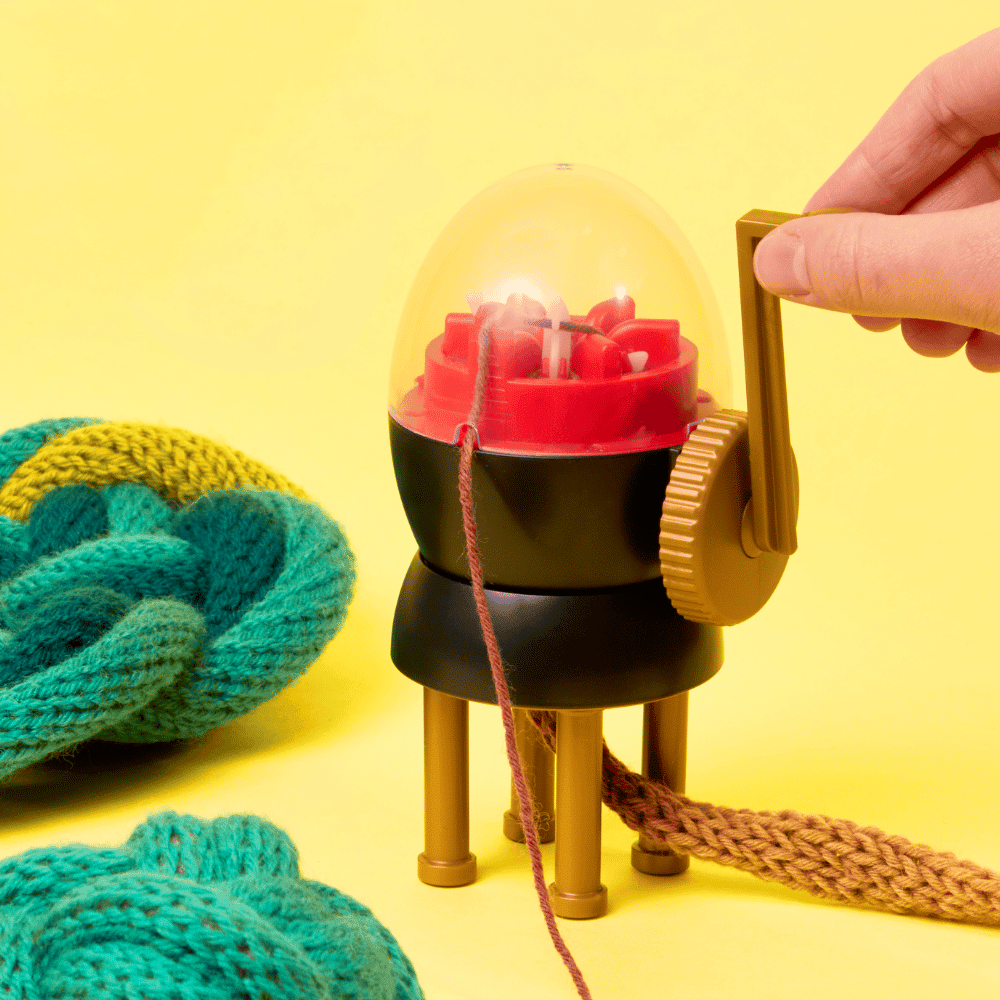
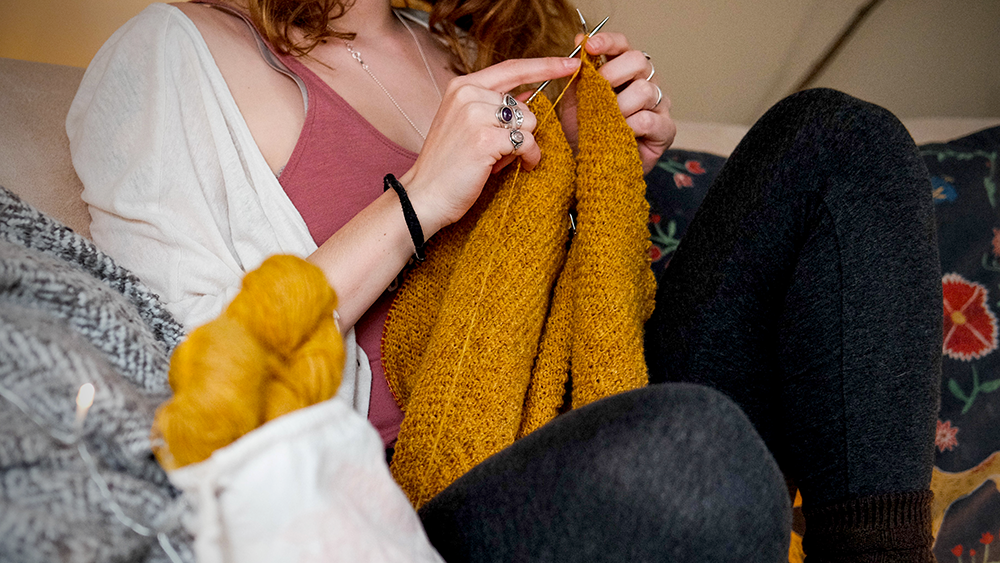
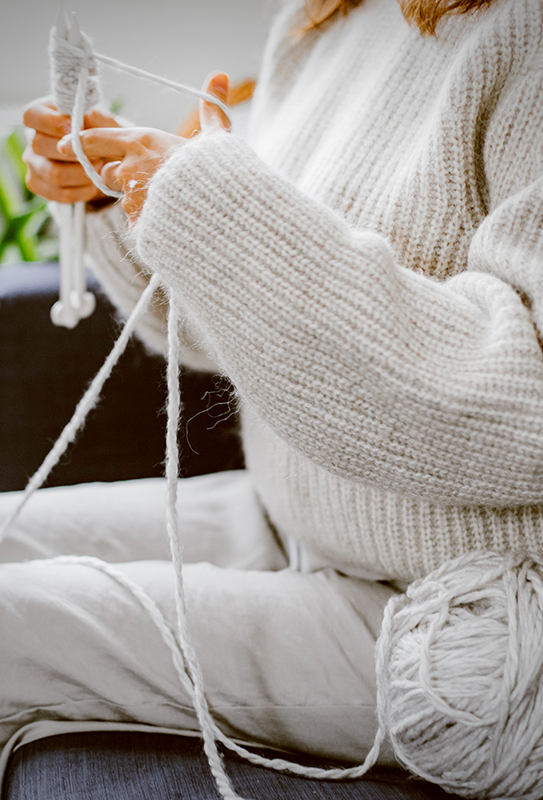
Optimize Experience Across Different Machines
Knitters who are looking to expand their skills to different machines will find that each type of knitting machine has its own set of capabilities and requirements.
For instance, the Sentro machine is a popular choice for hobbyists looking to create quick and simple projects.
It's essential to understand that not all machines handle every weight yarn the same way.
Some are better suited for lighter weights, while others can manage heavier, bulkier yarns with ease.
This knowledge is crucial when planning projects and can save time and frustration.
Moreover, the compatibility of yarn with different machines can often be found through online search or by consulting with more experienced machine knitters.
Many knitting forums and websites offer comment sections or links to resources where one can learn from others' experiences.
It's also beneficial to have a variety of crochet and knitting tools on hand to help with finishing touches or to correct any mistakes that might occur during machine knitting.
By being well-informed and prepared, knitters can ensure a smoother knitting experience, regardless of the machine or yarn type they choose to work with.
Exploring the Possibilities with Different Yarns
While it's important to understand the limitations of your knitting machine, exploring different yarns can expand your creative possibilities.
Some machine knitters have successfully used hand knitting yarns on their machines by making careful adjustments to the machine and the way the yarn is fed.
Projects like sweaters, scarves, and blankets can take on new textures and patterns when different yarns are used.
Sharing your experiments on platforms like YouTube or in knitting groups can provide valuable insights and inspiration to others in the knitting community.
With a little bit of knowledge about yarn types, machine settings, and troubleshooting techniques, the possibilities for machine knitting are endless.


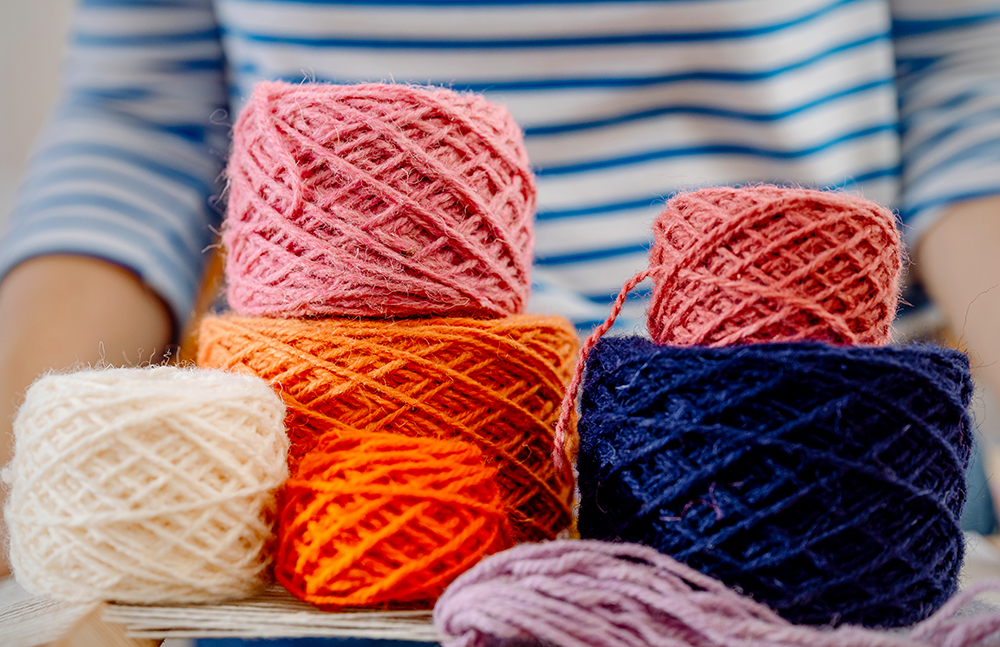
Embrace Your Inner Yarn Whisperer
Machine knitting opens up a whole new world of possibilities for knitters, but it's essential to understand the compatibility between yarns and machines.
Understanding the compatibility between the machine's gauge and the yarn's weight can lead to successful machine knitting projects.
By considering factors like gauge, weight, and fiber content, you can ensure successful output from your machine.
As with any craft, mastering machine knitting takes time, patience, and practice.
Whether you're a seasoned machine knitting pro or just starting, the type of machine you own, the thickness and texture of the wool, and the quality of the wool are all factors to consider when choosing wool for your machine.
Experimentation and a willingness to adjust can open up a world of possibilities for machine knitters.
Try out different types of wool and see what works best for you and your machine.
With the right techniques and tools, machine knitting can be a fun and creative way to produce beautiful, professional-looking knits.
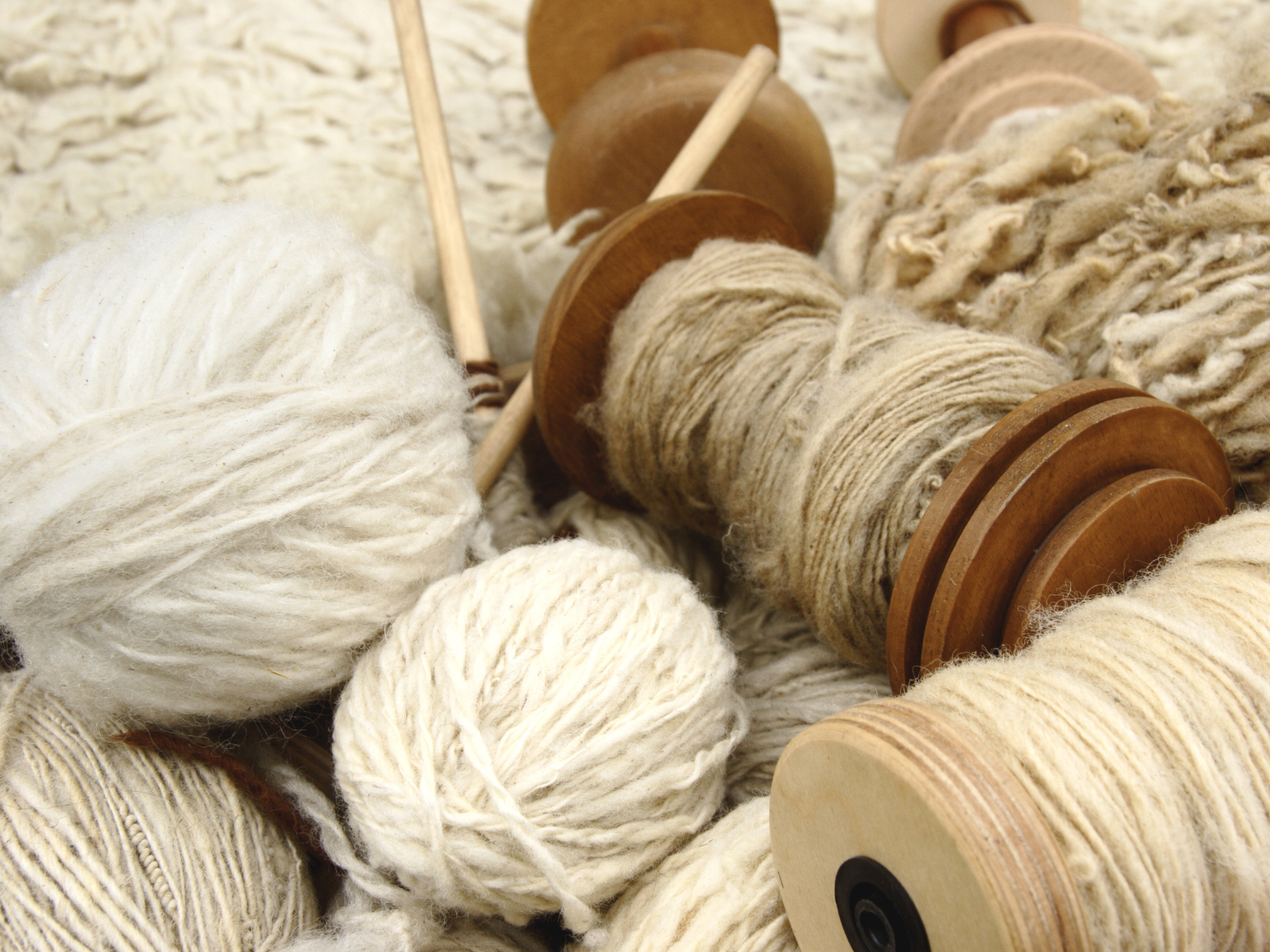
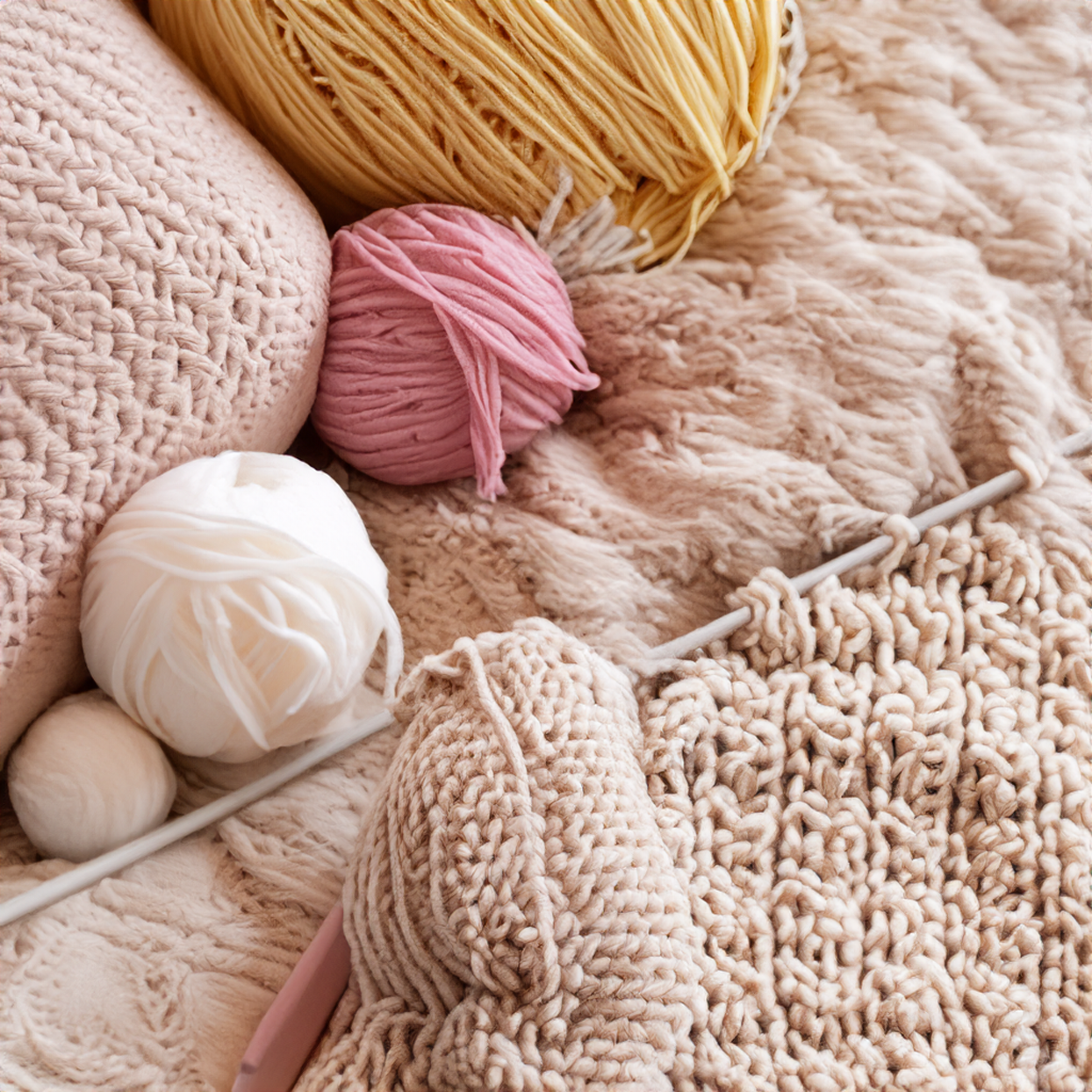
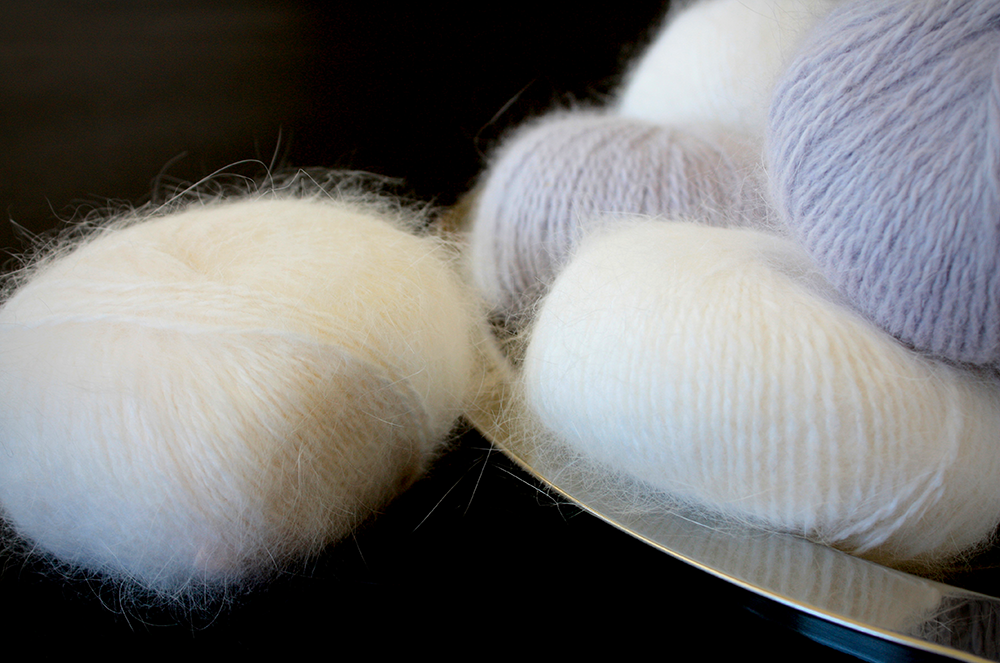
Eager to learn about some of the best yarns you can use with machine knitting? Check out Emily Smith's video!
Want even more content about creativity and art?
Be sure to check out all of our creative chronicles!
Eager to learn more about knitting and knitting machines?
Check out some of our other articles:
-Interchangeable knitting needles
-Can a beginner use a knitting machine?
-Can you knit socks on a knitting machine?
-Can you crochet with a knitting machine?

